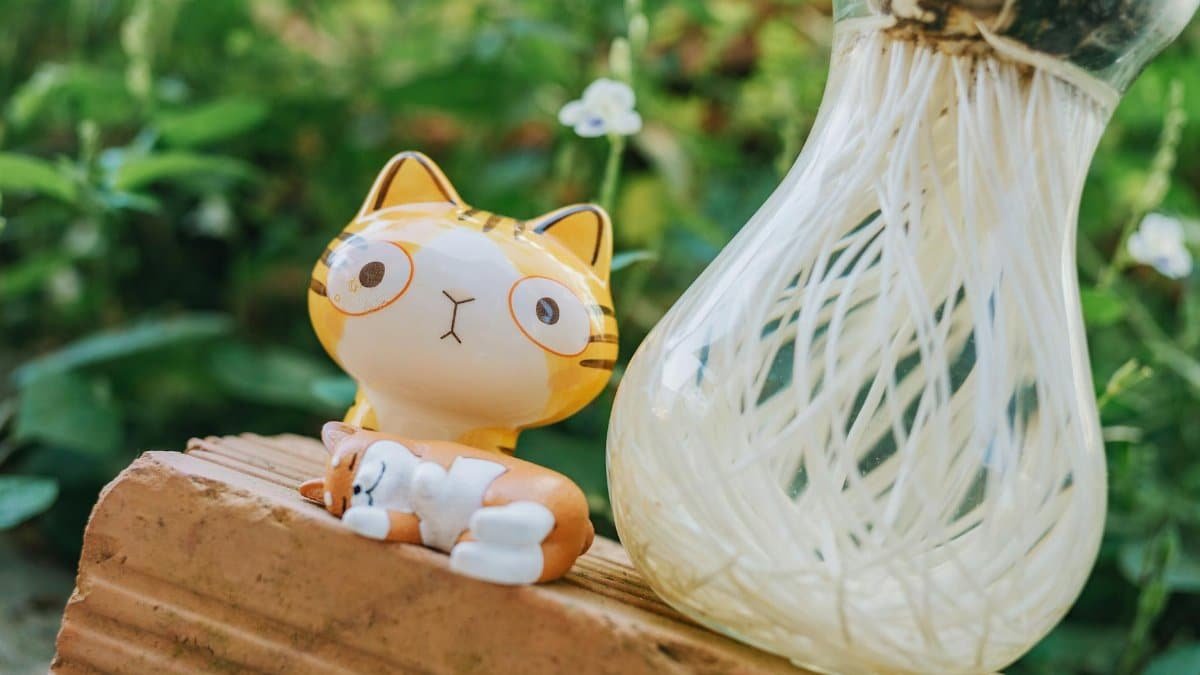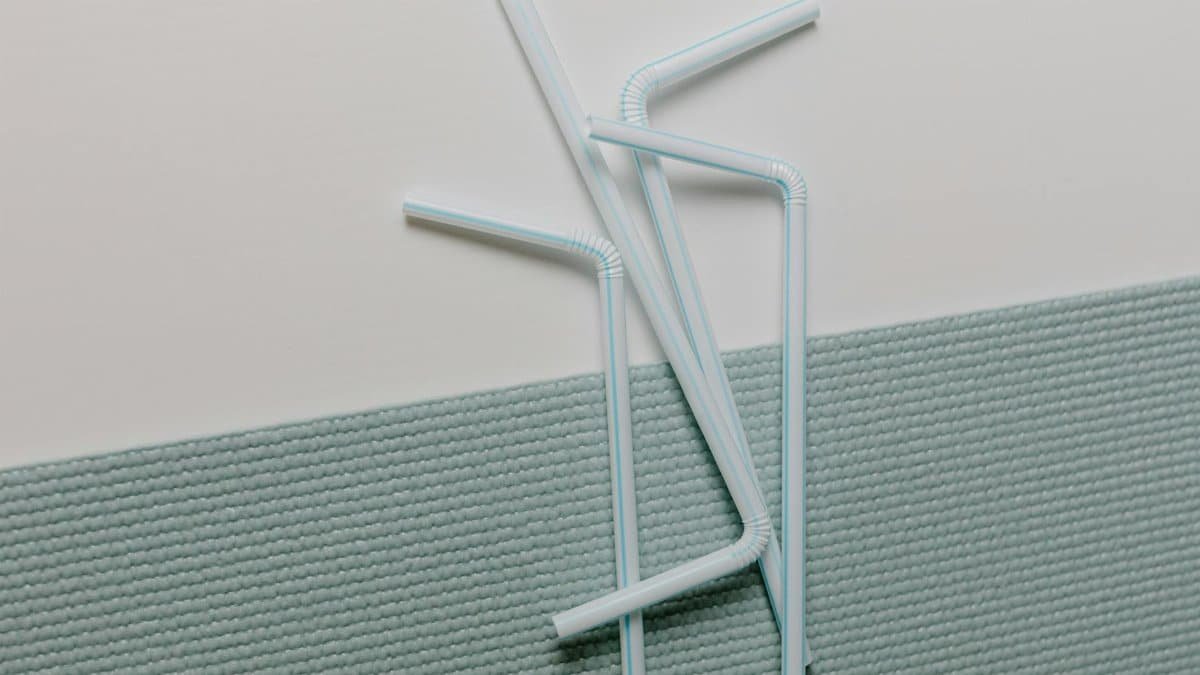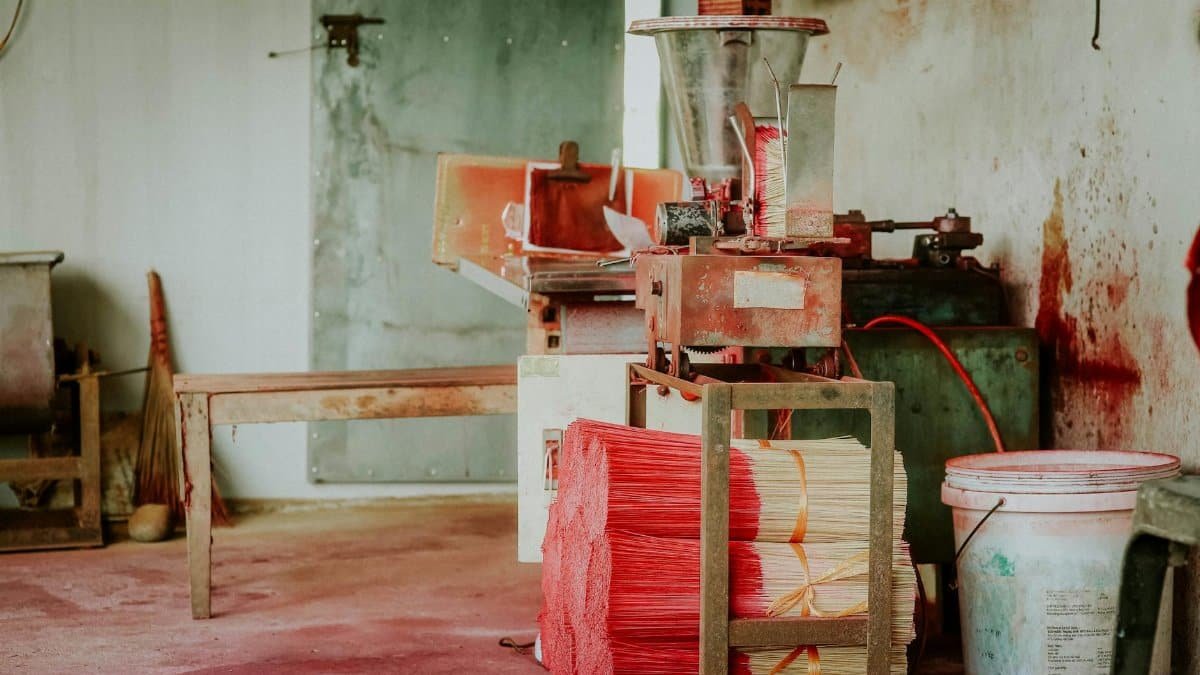Walk down any street in Portland, Oregon, these days, and you might notice a subtle shift. Cafés with walls of cascading ivy, office spaces with towering indoor trees, and homes where natural light seems to pour in from every angle. This isn’t just a design fad. It’s the rise of biophilic design mood—a movement that weaves nature into the built environment, promising not just aesthetic appeal but a profound impact on how we feel. More Americans are craving spaces that reconnect them with the outdoors, especially in urban settings where concrete often overshadows greenery. As life in 2025 grows ever more digital and fast-paced, the hunger for calm, grounding environments feels almost primal. This isn’t about mere decoration. It’s about mental health, productivity, and a quieter kind of joy. How did we get here, and why does this trend resonate so deeply right now? Let’s unpack the layers of biophilic design and its undeniable influence on our emotional landscape.
The Roots of Biophilic Design

Biophilic design isn’t a new concept, though its current popularity might suggest otherwise. The term, coined by biologist Edward O. Wilson in the 1980s, stems from “biophilia,” meaning a love of life or living systems. It posits that humans have an innate need to connect with nature—a need that modern architecture often ignores. Think of the sterile office cubicles of the late 20th century or the windowless basements many still call workspaces. Biophilic design flips that script, prioritizing natural elements like plants, water features, and organic materials to create spaces that feel alive.
Historically, this connection was a given. Early American homes often featured large porches and gardens, not just for utility but for respite. Today, as urbanization pushes nature further from daily life, architects and designers are fighting back. A report from the Terrapin Bright Green consultancy outlines 14 patterns of biophilic design, from visual connections to nature to the use of natural textures. These aren’t just pretty ideas. They’re grounded in a growing body of evidence linking nature to emotional well-being.
How Nature Shapes Mood

Imagine stepping into a room where sunlight filters through a skylight, a small fountain trickles in the corner, and a living wall of ferns breathes life into the space. Your shoulders drop. Your breathing slows. That’s the biophilic design mood at work. Science backs this up. A 2019 study published by the Nature Scientific Reports found that just 20 minutes in a natural environment can significantly lower stress hormone levels. The effect isn’t just momentary—it rewires how we process anxiety over time.
In urban America, where stress is often a constant companion, this matters. The American Psychological Association notes that over 60% of adults report significant stress related to work and finances. Biophilic elements in everyday spaces—whether a park view from an office window or a potted plant on a desk—offer a quiet antidote. They don’t solve life’s problems, but they create a buffer, a moment to reset. It’s no wonder that in 2025, more workplaces and homes are embracing this approach as a mental health tool.
Biophilic Design in Everyday Spaces

Not everyone can afford a full architectural overhaul, but biophilic design isn’t just for the wealthy or the design-obsessed. Small changes can shift the mood of a space. Consider a cramped city apartment in Chicago. A resident, let’s call her Sarah, described transforming her studio by adding a few hanging plants and a mirror to reflect the light from her single window. “It’s like the room started breathing,” she said. Her anxiety, once a daily battle, felt less suffocating. Her story isn’t unique. Across the country, people are finding that even modest nods to nature—wooden furniture, nature-inspired art, or a simple herb garden on a balcony—can alter how a space feels.
Public spaces are catching on too. Cities like Seattle are integrating green walls and rooftop gardens into urban planning, often with measurable results. A study by the University of Washington showed that access to green spaces in urban areas correlates with lower rates of depression and anxiety. These aren’t luxuries. They’re becoming necessities.
The Workplace Revolution

Offices, often the epicenter of stress, are undergoing a biophilic transformation. Tech giants in Silicon Valley have led the charge, with campuses featuring indoor forests and open courtyards. But it’s not just about impressing employees or visitors. A 2020 report from the Harvard T.H. Chan School of Public Health found that workers in green-certified buildings showed a 26% boost in cognitive function and better sleep quality. The biophilic design mood isn’t a perk—it’s a performance enhancer.
Smaller businesses are adapting too. In a mid-sized accounting firm in Denver, managers noticed a shift after installing a living wall in the break room. Employees lingered longer, chatted more, and reported feeling less drained by mid-afternoon. Productivity crept up, almost unnoticed. It’s a subtle reminder that humans aren’t machines. We thrive when our environments mimic the natural world, not when they box us in.
Challenges of Going Green Indoors

Embracing biophilic design isn’t without hurdles. For one, maintenance can be a headache. Indoor plants need care—watering, pruning, and the right light. A neglected green wall can quickly become an eyesore, not a mood-lifter. Then there’s cost. While a few plants are affordable, larger installations like water features or custom skylights can run into thousands of dollars. For renters or those in older buildings, structural limitations often stand in the way.
There’s also the risk of overdoing it. Too many elements can clutter a space, creating chaos rather than calm. Balance is key, though not always easy to achieve. Online discussions often reveal frustrations with this learning curve. One anonymous account described spending months trying to “get the vibe right,” only to feel overwhelmed by dying plants and mismatched textures. The intent behind biophilic design mood is simplicity, but the execution can test patience.
Making It Work for You

So how does someone weave biophilic design into their life without breaking the bank or their spirit? Start small. A single, hardy plant like a pothos can survive neglect and still brighten a corner. Use natural light strategically—rearrange furniture to face windows or invest in sheer curtains that soften harsh glare. Incorporate textures like stone or wood through affordable accents, such as a woven basket or a reclaimed shelf.
Think beyond the physical too. Biophilic design mood is as much about mindset as materials. Spend a few minutes each day noticing natural elements around you, even if it’s just the way rain streaks down a window. Pair these small shifts with intentional breaks outdoors when possible. The goal isn’t perfection. It’s connection. Over time, these tweaks build a space—and a headspace—that feels more human, more grounded, even in the heart of a bustling city in 2025.
A Deeper Cultural Shift

At its core, the rise of biophilic design reflects something larger than interior trends. It’s a quiet rebellion against the disconnection of modern life. As screens dominate attention and urban sprawl isolates us from the earth, there’s a collective yearning for what’s real—dirt under fingernails, the smell of rain, the rustle of leaves. This isn’t nostalgia. It’s necessity. Biophilic design mood taps into that ache, offering a bridge between the built world and the natural one.
Looking around, it’s clear this movement isn’t slowing down. Schools are adding green courtyards. Hospitals are designing healing gardens. Even retail spaces are rethinking how nature can draw people in. Each step forward suggests a broader truth: we’re not just designing spaces. We’re redesigning how we feel, think, and live. And in a world that often feels unmoored, that’s a powerful place to start.
